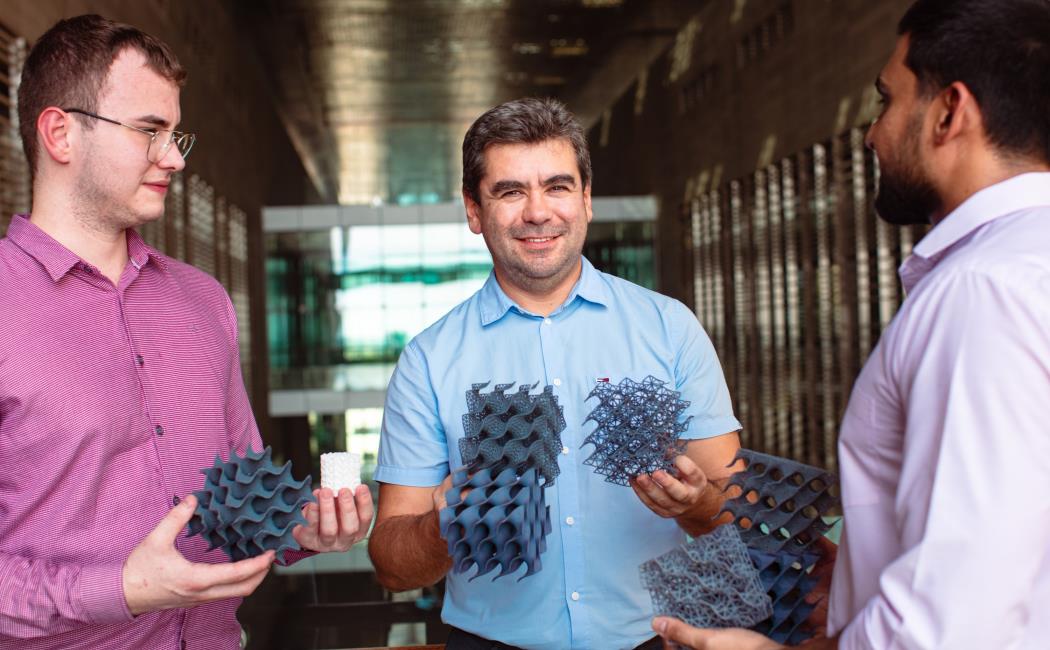
26 October, 2022
Concepts of shape and time are bringing new thinking to the production of next-generation equipment and materials for chemical and pharmaceutical industries.
“When it comes to new shapes, performance can benefit enormously if we can manufacture new parts with an improved and tailored shape for a specific application,” he says.
He cites the example of a generic reactor. “If in one process we can improve heat and mass transfer, we can significantly reduce the size and energy consumption of the equipment.”
Many available reactors and separation processes are off the shelf. They are available in catalogues and have some customization but, in practice, their shape influences their operation, controlling the chemistry and energy consumption.
“We want to manufacture bespoke reactors and separation processes. The idea is that if the shape can improve the transport properties, the chemistry will control the final operation.”
He likens it to the case of a shirt that does not quite fit. “So, to get a better fit, we may need to diet or do some exercise to reduce our volume. Whereas a tailored shirt will be cut with the right shape to fit perfectly.”
“If we cut the fabric with the right shape from the beginning, we will also avoid losing pieces of fabric, making the process more sustainable — a potential advantage of additive manufacturing if parts are well designed.”
Read more at KAUST Insight.